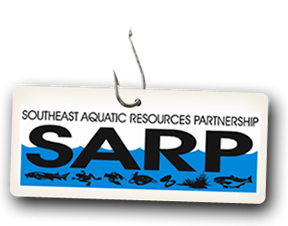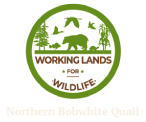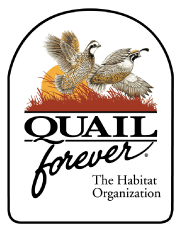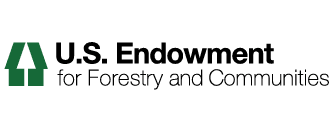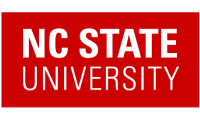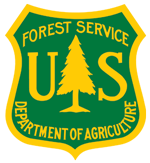Apps, Maps, and Data
Here you can find apps, maps, data, and decision support tools to support landscape-scale conservation planning and design.
Conservation planning is used to identify and prioritize landscapes with important natural and/or cultural resources (e.g., critical watersheds, habitat for rare or threatened species, grazing lands) and develop protection and management strategies for these places. Science is at the core of planning and is deeply informed by stakeholders who bring their on-the-ground knowledge and expertise.
The products of conservation planning can come in different forms, including maps that illustrate key landscapes, data layers that can be added into decision support tools, and spatial resources that show the quality and quantity of certain habitats. Natural resource managers and landowners alike can use maps and data to sustain working lands, support biodiversity, and improve landscape resilience.
Below are conservation planning tools, GIS and spatial data resources, and products from partners. You are welcome to use these resources in your own conservation and working lands efforts.
SE FireMap
The SE FireMap project aims to develop an improved fire mapping system in the Southeastern United States. This cohesive system will track both prescribed fire and wildfire activity on public and private lands and serve as a critical decision support tool to maximize the effectiveness of fire management practices.
North Atlantic Aquatic Connectivity Collaborative
The North Atlantic Aquatic Connectivity Collaborative (NAACC) is a network of individuals from universities, conservation organizations, and state and federal natural resource and transportation departments focused on improving aquatic connectivity across a thirteen- state region, from Maine to West Virginia.
Brook Trout Thermal Habitat Forecasts Catoctin Mountain Park, Maryland & Shenandoah Valley, Virginia
Users can zoom-in to an area of interest and then compare current conditions against various future scenarios (3 levels of air temperature change x 3 levels of GW sensitivity to air temperature change). The interpretation is simple: red sites are too warm (MWAT > 23 C) and blue sites have suitable temperatures.
Riparian Restoration Decision Support Tool
An innovative riparian planting and restoration decision support tool, this user-friendly tool allows managers and decision-makers to rapidly identify and prioritize areas along the banks of rivers, streams, and lakes for restoration, making these ecosystems more resilient to disturbance and future changes in climate.
Fish Habitat Decision Support Tool
This tool was created to provide resource managers and the general public with access to the extensive spatial data and results produced from multiple fish habitat assessments. Three main analytical tools (visualization, ranking, and futuring) are combined with intuitive base-maps and mapping features to allow users to explore the details of the assessments and perform subsequent analyses.
Brook Trout Conservation Portfolio and Range-wide Assessment
Interactive webmap and visualization tools.
Trout Unlimited Brook Trout Atlas
The following interactive atlases provide a means to explore mapped data related to brook trout populations, habitats, and threats in local watersheds and across their eastern range.
National Aquatic Barrier Inventory & Prioritization Tool
Improve aquatic connectivity by prioritizing aquatic barriers for removal using the best available data.
Coastal Resilience Maine
Allows users to explore barriers to aquatic connectivity — dams and road-stream crossings– and identify likely high priorities for removal or improved fish passage for different objectives as well as to run custom analyses.
Chesapeake Fish Passage Prioritization Tool
This tool evaluates and prioritizes dams and other in-stream barriers to aquatic organism passage to help inform aquatic connectivity restoration projects in the Chesapeake Bay watershed.
New Hampshire Aquatic Restoration Mapper
Interactive viewer to explore stream crossing, flood hazards, and aquatic habitat data to identify restoration opportunities in New Hampshire Communities.
Freshwater Network Northeast Region: Northeast Aquatic Connectivity Project's Tool
Tool for assessing barriers to aquatic connectivity including dams and road-stream crossings.
North Atlantic Aquatic Connectivity Collaborative-HUC12 Prioritization Tool
Helps identify subwatersheds that may have priority for field survey of crossing assessments.
Massachusetts DER's Restoration Potential Model Tool
DER’s Restoration Potential Model (RPM) Tool displays information that can be used to evaluate the relative ecological benefit of removing any known dam in Massachusetts.
Deerfield watershed Stream Crossings Explorer
This tool helps you locate road-stream crossings based on your interests.
The Literature Gateway
A Systematic Map of Bird-Vegetation Relationships in Eastern and Boreal Forests
BirdLocale
USDA’s Natural Resource Conservation Service has partnered with the University of Georgia, Quail Forever, and state agencies to conduct an extensive study across 25 states of the USA to assess the impacts of management practices on the northern bobwhite population. As part of this project, biologists will be collecting field data like bobwhite counts, and percentage cover of different cover types (grass, shrub, forb, etc.). Apart from these human-collected data, these biologists will also be using Acoustic Recording Units (ARUs) to collect data on bird calls.
Bobscapes
The “Bobscapes” Mobile App will help researchers better understand population dynamics and help managers direct resources for habitat work to the areas where those investments will be most effective in recovering the species. Additionally, for those interested, the app will connect landowners to technical experts who can make habitat recommendations and share information on voluntary cost share programs. Lastly, the data provided will assist wildlife biologists in creating a national habitat network of “Bobwhite landscapes” necessary to ensure this species persists for future generations!
OpenET: Evapotranspiration Data Explorer
OpenET uses best available science to provide easily accessible satellite-based estimates of evapotranspiration (ET) for improved water management across the western United States. Using the Data Explorer, users can explore ET data at the field scale for millions of individual fields or at the original quarter-acre resolution of the satellite data.



